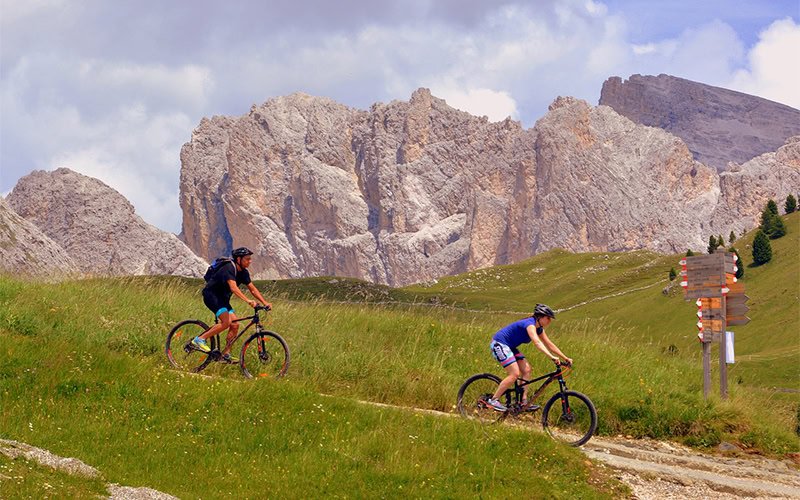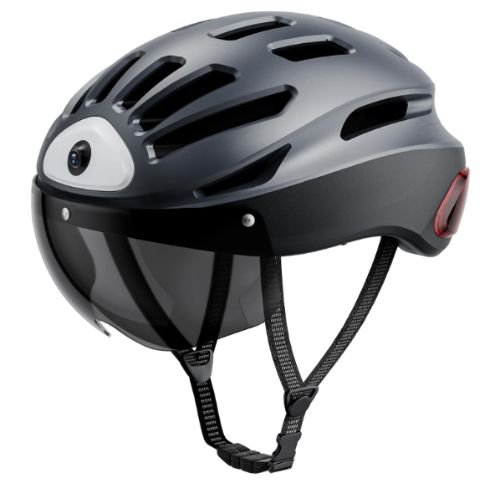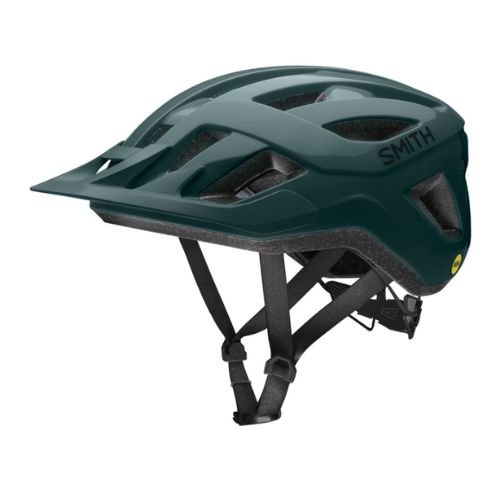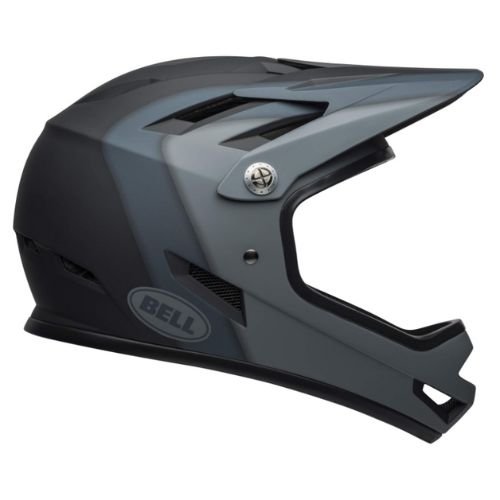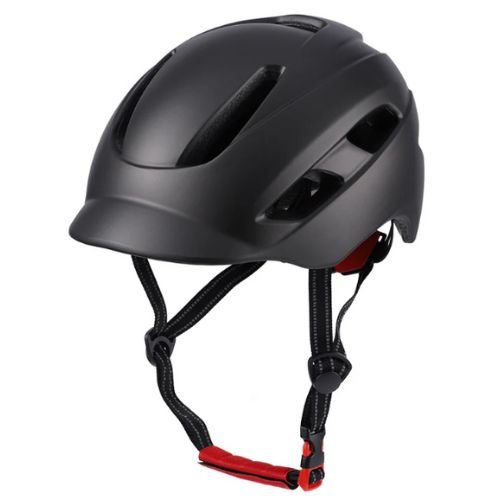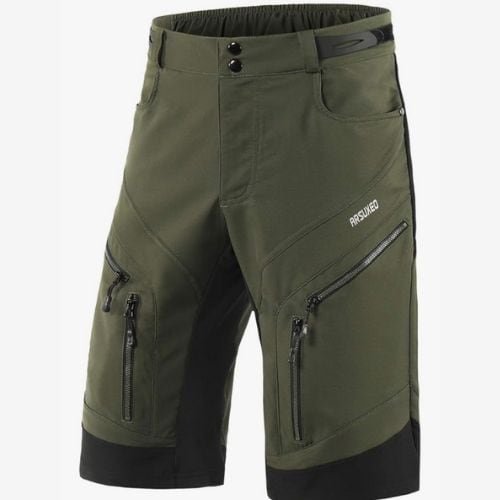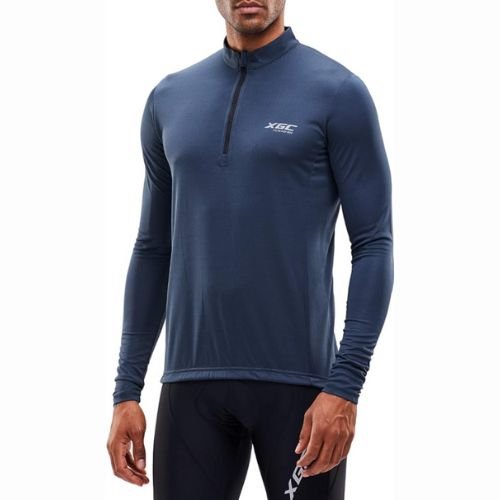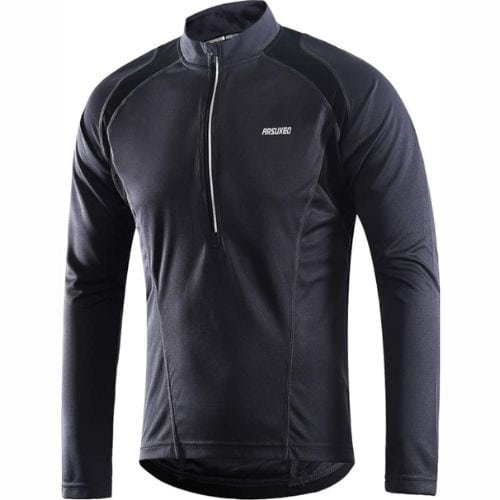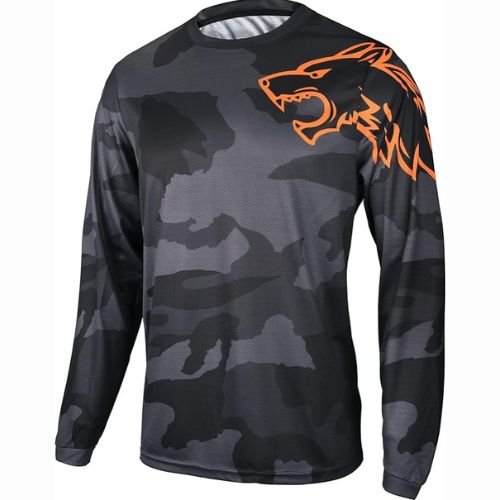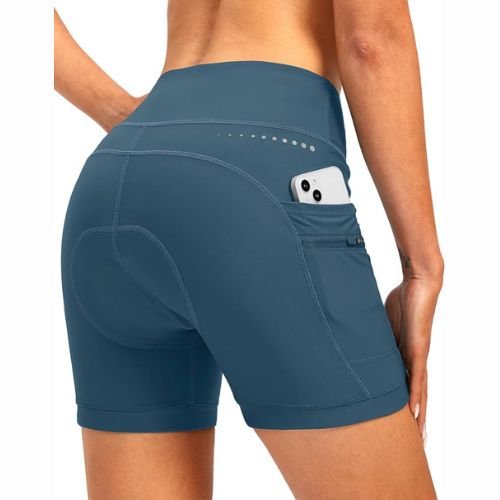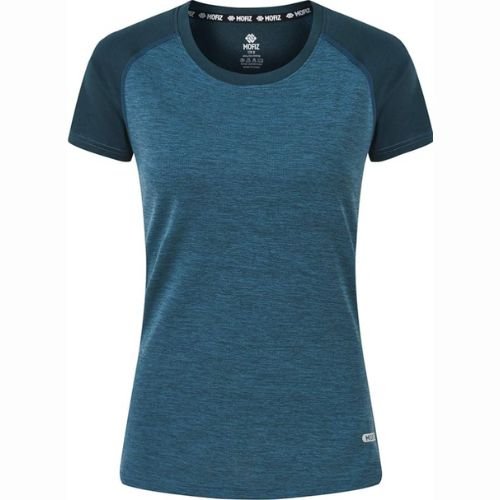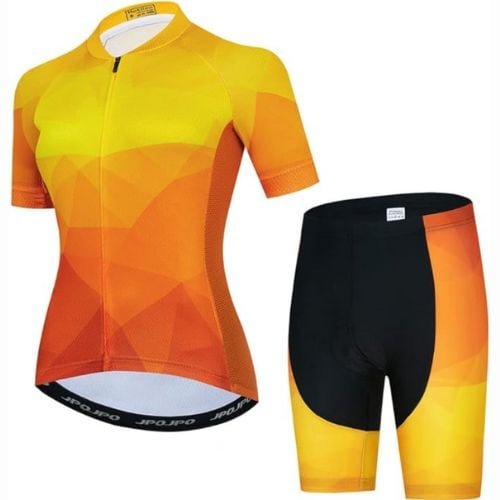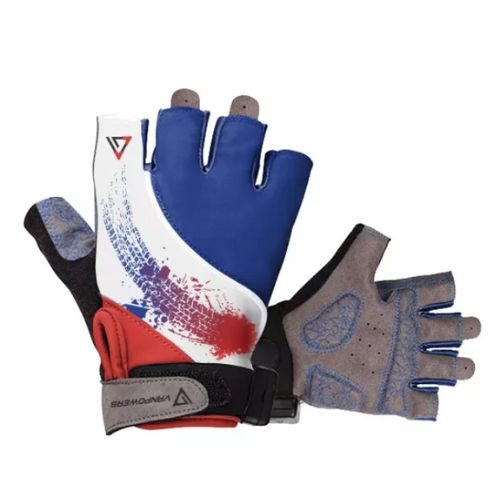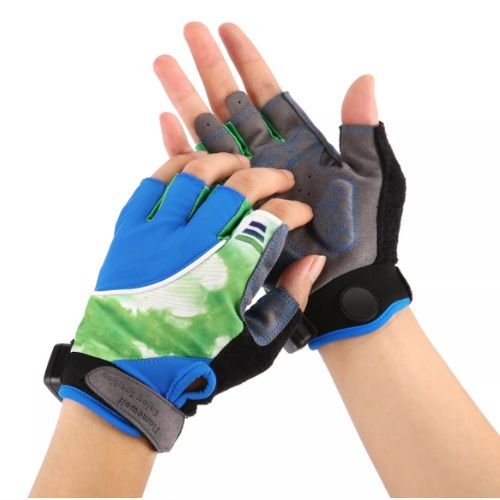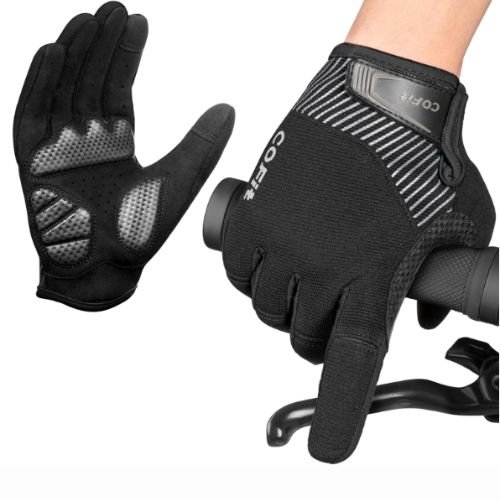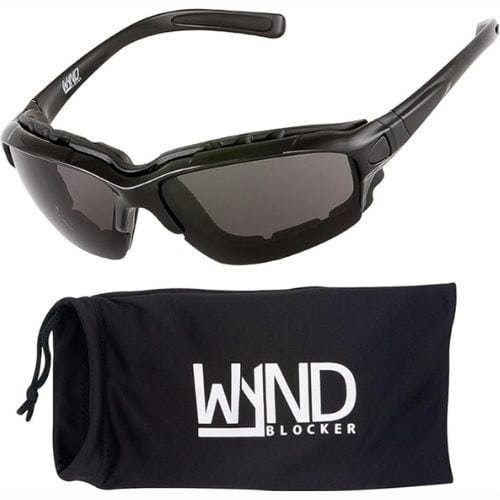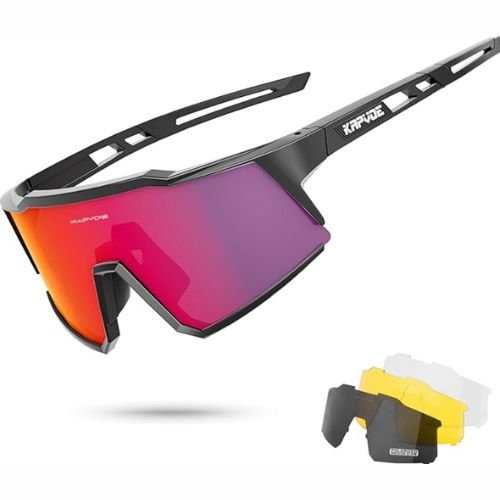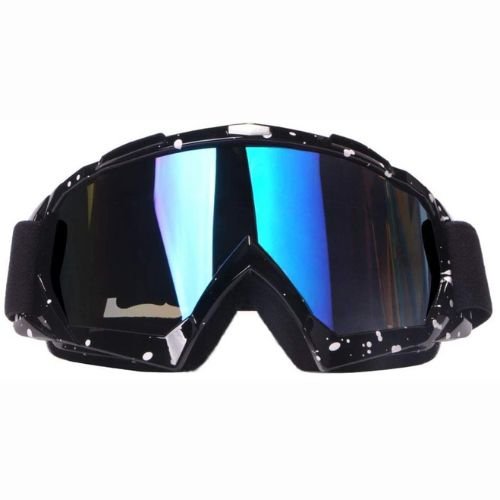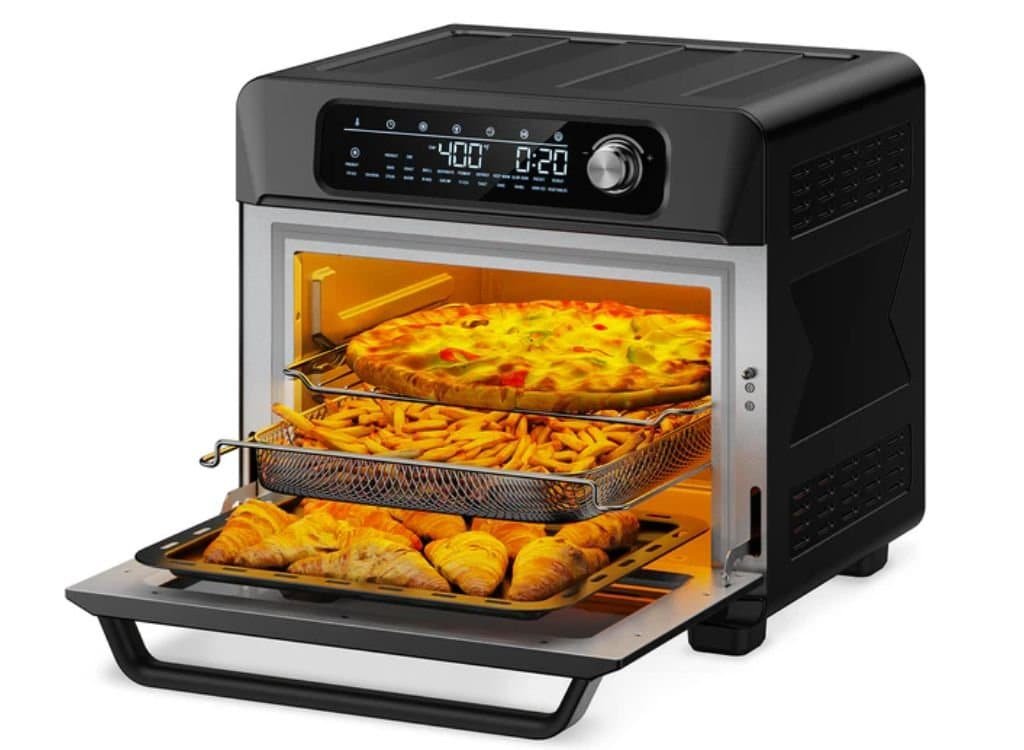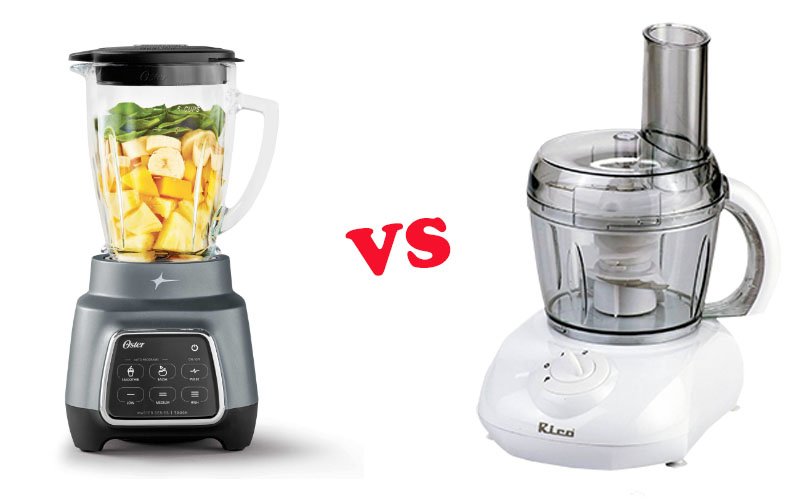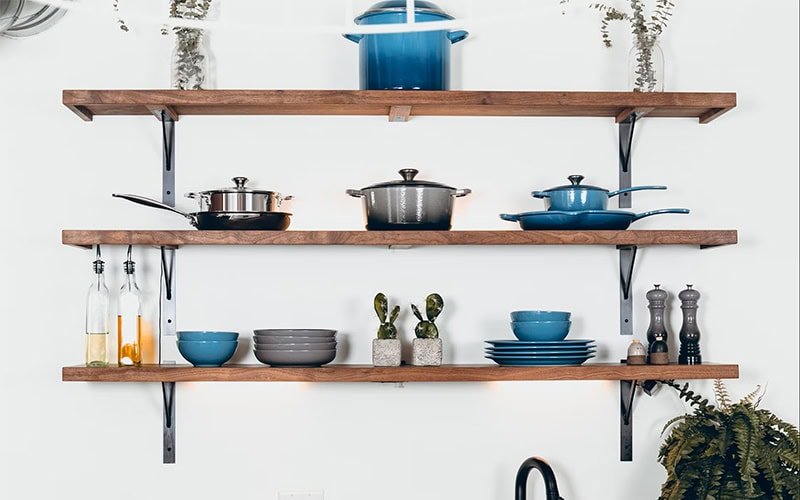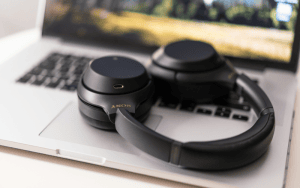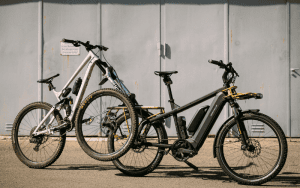Mountain biking can feel like an achievement, especially if you are doing it for the first time. It is exciting and scary at the same time and, like any other sport, has a bit of a learning curve. So trust me it feels great when you finish your first trial.
However, navigating through the vast array of gear choices, mastering biking techniques, and choosing the right mountain bike can be overwhelming. Fear not! Our comprehensive guide will tell you everything you need to know about mountain biking for beginners so that you can kickstart mountain biking with confidence.
Mountain Biking Basics:
Before delving into gear and equipment, it’s crucial to grasp the fundamentals of mountain biking.
Riding Techniques:
Body Position: Mountain biking has its ups and downs – quite literally! You must know how to maintain your balance in steep and narrow terrains which means you might not always be on your seat as you ride the bike, hence practicing to ride in a standing position will give you an upper hand.
To do this you must: Maintain a balanced and centered position on the bike. Keep your knees and elbows slightly bent, and shift your weight as needed to navigate obstacles. Practice standing on your bike with your knees and elbows bent. Also, practice maintaining your balance while leaning your bike on the left and your body on the right (to maintain balance), and do it the other way around. Start a few laps on a plain road or one with a mild decline to gain your confidence and slowly progress to a steeper terrain.
Braking: Most mountain bikes have a front break and a back break. But the mastering the front brake needs a bit of practice. In fact, some moderately experienced bikers refrain from using their front brakes. But we will tell you that the front brake can be very handy if you know how to use it correctly.
To learn how to use the front brake you must: Practice how to use both brakes gently. Practice the front brake on a straight road while shifting your weight to the back. Do this a few times until you get your confidence and proceed to practice on a road with a gradual decline.
Shifting Gears: Most mountain bikes have low-shifting gears that help you climb mountains. Always practice gears on a plain road with a gradual decline. Notice how they feel on the body and on the paddle. Practice shifting your gears gradually and notice how each shift feels on your body. This will teach you how to shift gears smoothly to adapt to changes in terrain and incline.
Climbing: Climbing can be strenuous especially when you are going up a moderately steep terrain with multiple variations. Keep your knees and elbows loose to absorb any shock from the rocky roads. Practice keeping your upper torso at a neutral position when there’s a steady uphill trail and be ready to change the position of your body according to the twists and turns ahead.
While you should climb in a sitting position, be ready to stand when there is a sudden change in the trail’s steepness. When climbing, maintain a steady cadence and shift to a lower gear for easier pedaling, and practice shifting gears right before you start a micro climb to make it easier on your tires.
Descending: Keep your weight back and use your arms and legs as shock absorbers while descending steep trails. Descending can be fun but it does need a little practice to ensure safety. Make sure you wear the right protective gear, which we will cover in the later sections of the article.
Trail Etiquette
Trail etiquette not only ensures that you, and everyone around you, are having a good time on their bikes but also maintains safety on the trail. Here are some trail etiquette norms you should follow:
- If you want to overtake a slow rider, always call out with the side you will overtake them from. A simple ‘on your left’ or ‘on your right’ will give the rider a chance to move to the side while you take over.
- If you are cycling on a multi-directional road, you should stay on the left if you live in a country that drives on the left and vice versa.
- If the trail is narrow it is considered a norm for the uphill biker to get the right to passage. Although it sounds counterintuitive, the logic is that it’s easier for the downhill rider to pick up speed after yielding. However, sometimes, uphill riders give the downhill rider the passage to continue on in their path, in which case, you should thank the uphill rider for the consideration.
- Always yield (slow down/stop) to motorbike riders and horses. This will ensure your safety and theirs.
- Remember that we mountain bikers are a community. Always be courteous and ready to help if someone is trying to fix their tire or is lost and trying to find their way on the map.
- Always stay on the designated trails to reduce the impact it has on the environment. If a trail is only designated for downhill biking, do not use it to travel uphill.
Mountain Biking Don’ts
- Do not litter on the road. Always pack your trash in your pockets and throw it at the nearest dustbin
- Do not keep your music at a loud volume so that you can hear any passing rider near you
- Do not stop on a narrow trail. If you have to take a break or text a friend, make sure you come on the side and give other passengers the chance to pass by.
Mountain Biking Gear:
None of these mountain bike gears are compulsory. In fact, if you want to start, you can just start with your regular clothes, and maybe a regular helmet and a pair of sunglasses. But as you train and gain confidence to explore the mountain biking world, you should start looking into mountain biking gear that will keep you safe in case of accidents.
Helmet: Your helmet is the most critical piece of safety equipment. Use the following criteria to find a right helmet:
Certification: Look for helmets that meet safety standards set by trusted organizations like the Consumer Product Safety Commission (CPSC) or the American Society for Testing and Materials (ASTM). These certifications ensure the helmet has passed rigorous safety tests.
A good helmet should fit snugly on your head without being too heavy, tight or loose. It should sit level on your head and cover the top of your forehead. The retention system (usually a dial or strap) should be adjustable for a secure fit. Mountain bikes come with varying degrees of coverage. You have sleek helmets with no coverage on the back to helmets that look similar to motorcycle helmets. If you are tackling a tough trail there comes a greater need for a full-coverage helmet. In fact, some trails have made certain types of helmets mandatory for biking. However, if you are just starting out, you can choose a helmet that protects the back and the sides.
Mountain biking can be intense, so ventilation is essential to keep you cool. Look for helmets with adequate ventilation, such as multiple vents and internal channels for airflow.
Does the helmet need a visor?
A visor is not compulsory but some prefer to have it, especially if they cycle in snowy regions on sunnier days. A visor can help shield your eyes from the sun, rain, and branches. Choose a helmet with a removable visor so you can adjust it according to your preference.
Check out these helmets made especially for mountain biking:
Clothing: When you just start out, you don’t need to think too much about the clothing. Just wear something comfortable and hop on your bike. But as you start getting better, investing in good-quality mountain gear will add an extra layer of protection to your adventure.
Wear moisture-wicking clothing to stay dry and comfortable. Both form fitting and loose fitting gear works well for mountain biking. But the next time you shop for trousers, look for terms like ‘biking shorts’ because they are loose and airy, but also made from a high-quality material that protects them from wear and tear. Opt for padded cycling shorts to cushion your ride and reduce chafing. Usually, padded shorts are form fitting hence, some bikers pair them with looser shorts for a comfortable ride.
Check out mountain biking gear for men:
Check out mountain biking gear for women:
Footwear: Are biking shoes worth investing in? The simple answer is ‘yes’ but don’t invest in biking shoes if you are just starting out. Although sneakers are just fine to start with, they don’t give you a lot of cushioning and grip.
A good beginner footwear for mountain biking is skater shoes. They are of course not made for mountain biking and hence not catered for it. But they have a stronger grip and provide more protection around the toes. Usually, skater shoes do not have the mechanism to clip them on the paddle and that sets them apart from shoes that are made for mountain biking.
Do you need clippy shoes for mountain biking?
While clippy shoes (or shoes that have a metal buckle that clips you on your bike) are great for those with some experience, they do need a little practice and are not the best option for beginners. Start mountain biking with skater shoes and when you get a little experienced, you can purchase a shoe made especially for mountain biking. Do practice the clip on feature in your bike before going for a ride.
Gloves: Cycling gloves provide grip, cushioning, and protection for your hands during falls. If you are cycling in the colder regions, gloves are necessary and will protect your hands from numbness and injuries.
Always pay attention to the look and feel of mountain gloves. A good pair of mountain gloves should give you a good grip on your bike and let you easily change gears. Ventilation is important too, so look for gloves that are made with well ventilated yet water resistant fabric. Gloves that are adjustable around the wrist also help bikers create the ultimate snug fit. Additionally modern gloves also provide smartphone-compatible coatings on the tips of the fingers so that you can type without removing your gloves.
Check out these gloves:
Eye Protection: While a regular pair of sunglasses also work for mountain biking, special mountain biking glasses add a solid grip and ventilation around your eyes so that they don’t fall out and stay airy without blowing wind directly into your eyes. Wear sunglasses or clear lenses to shield your eyes from debris and UV rays.
Check out these mountain biking goggles:
Tools and Repair Kit: Mountain biking tools can help you, or a fellow biker, reach home safe in case of a sudden mishap. Here’s a list of tools you should carry with you on your mountain bike:
- Multi-tool
- Tire levers
- Spare tubes
- Mini pump
Best Mountain Bike for Beginners:
Choosing the right mountain bike is crucial for your riding comfort and performance. Ideally, a beginner bike should be lightweight, have little suspension, and can do everything (like going uphill and downhill) with ease. As you start enjoying mountain biking and find your specialty, you can find a mountain bike that is more suited to your liking.
Here are some factors to consider when selecting your first mountain bike:
Bike Type:
There are two types of bikes – hardtail and full suspension bikes. Hardtail bikes are the best for beginners. They do not have a rear suspension but come only with a front one. They are easy to manage on most beginner and mid-level trails, not too difficult to use, and easy to get into.
Frame Material:
The 2 most common frame materials for mountain bikes are aluminum and carbon fiber. Although heavier, aluminum is easier to source and manufacture. This is why aluminum bikes are cheaper and are used by most beginner to mid-level bikers.
Wheel Size:
Earlier a 27-inch wheel was considered a standard for mountain bikes, but that is no longer a standard. You will see 2 common wheel sizes – the 27.5 inch and 29-inch wheels. The 27.5 inch wheel is lighter, easy to maneuver, and has lower manufacturing costs, which is ideal for beginners. But they are not great at absorbing the shock from bumping into rocks and dips on the trail. This is why wheels are the first thing novice bikers upgrade on as they get better.
Check Out These Mountain Bikes For Beginners
As a beginner, we understand that you do not want to spend too much on your first bike. You are probably looking for agility, and something that lasts you for a few years, until you are ready for the next big upgrade. Here’s a list of mountain bikes that we feel are a good investment for novice mountain bikers:
1. ANCHEER Electric Mountain Bike
Now here’s something for those who don’t enjoy the uphill ride as much as the downhill. The battery allows you to ride 40 miles per charge giving you the luxury to climb with ease.
The bike has a special mountain bike configuration that shows the gear position, speed and mileage in detail, making your riding more intelligent. The fork is made of high-strength carbon steel and the frame, from aluminum alloy making the bike lightweight yet sturdy. The 21-speed transmission system gives you the freedom to choose any speed you want so you can enjoy every ride. Lastly, the perfect front and rear disc brakes fully protect your safety. Aluminum Alloy double-walled rims are for greater durability.
2. ANCHEER Gladiator 500W Electric Bike
This mountain bike feels like a cruise ship on the mountains because of its upgraded battery strength. The bike comes with a cruise control feature that allows you to fix a speed at your convenience and enjoy the ride at a steady pace.
Conclusion
Embarking on a mountain biking journey as a beginner is an exciting adventure filled with challenges and rewards. By mastering essential riding techniques, investing in quality gear, and choosing the right mountain bike, you can enjoy the thrill of exploring scenic trails while staying safe and comfortable. Remember to start slow, practice regularly, and embrace the journey of improvement and discovery that mountain biking offers. So gear up, hit the trails, and let the adventure begin!

